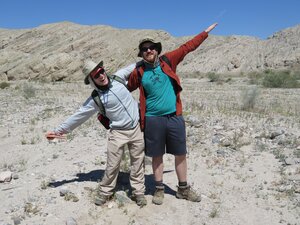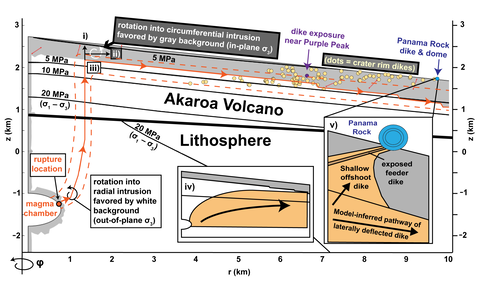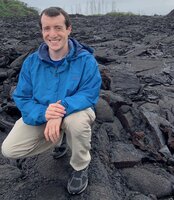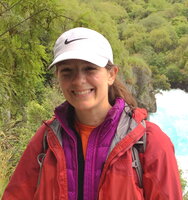New Zealand’s Akaroa Volcano has been the focus of decades of research by geologists seeking to understand its eruptive history, which lasted 9-8 Ma. Some of Akaroa’s most intriguing features include a radial dike swarm and several lava domes exposed along the high-topography “crater rim” of the volcano’s eroded central summit region. Using a combination of field and petrographic observations, a previously published seismic model, and finite element numerical simulations, Goldman et al. (2022) provide evidence for the existence of a near-surface “stress-barrier” that may have deflected dikes from a vertical path to a slope-parallel one. This deflection would explain the emplacement of those dikes, as well as the eruption of dike-fed lava domes, along Akaroa’s crater rim. Goldman et al. (2022) also provide evidence for rapid growth of Akaroa Volcano that preceded crater rim dike emplacement. This study is notable not only for its novel and multidisciplinary approach to reconstructing the history of Akaroa’s dike and dome formation, but also for the geographically broad yet close-knit research team behind it. Underpinning these collaborations is the strikingly similar academic journeys of the study’s first two authors. Robby and Jack not only conducted finite element modeling undergraduate thesis research under the mentorship of Eric Grosfils (fourth author) at Pomona College, but also conducted field research on Akaroa Volcano with Darren Gravley (third author) and Samuel Hampton (sixth author) as part of the University of Canterbury’s “Frontiers Abroad” program—which Jack joined in 2015 for his undergraduate semester abroad, followed by Robby in 2016 for his Fulbright U.S. Graduate Student Fellowship. Finally, Robby and Jack have both been NSF Graduate Research Fellows advised by Geology Department Associate Professor Patricia (“Trish”) Gregg (fifth author). It’s no wonder, then, that Jack coined the term “academic identical twins” to describe the unique connection that both he and Robby share.
Reflecting on his recent publication, Robby shares: “I feel immensely proud that my first published manuscript contains innovative, high-quality work representing the culmination of years of dedicated effort by everyone involved. I am also grateful for the unyielding support and invaluable insights provided by my Pomona, New Zealand, and Illinois mentors, and of course my ‘academic identical twin’ Jack, throughout the process of writing and revising this significant, exciting contribution to the volcanology literature.”
(Funding for this research was provided by the U.S. Department of State, Fulbright New Zealand program, with additional support from the University of Illinois at Urbana-Champaign, U.S. National Science Foundation Graduate Research Fellowship grant DGE-1746047, and NASA grants NNX12AO49G and NNX12AQ01G.)




